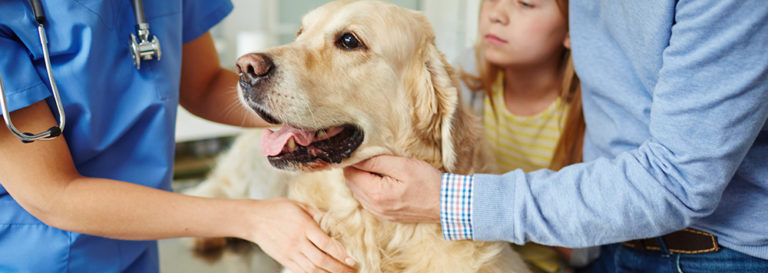SAVSNET (Small Animal Veterinary Surveillance Network), a long-time partner of HeRC, has been looking back on another busy year of research.
This year was a particularly significant year for SAVSNET, as the project reached its 10th anniversary. Over the last ten years, the programme has grown its network of participating vet practices and laboratories and now receives electronic health records from 10% of vets and labs across the UK. Its multi-disciplinary team which includes epidemiologists and text miners has produced various publications and real time charts using clinical data.
In 2018, SAVSNET created a ‘virtual biobank’ of data from diagnostic laboratories, which allows the team to complete further testing on samples of interest at their laboratory at the University of Liverpool. They carried out public engagement work in schools, allowing students to work with SAVSNET data and answer their own research questions, and delivered a lecture which revealed a shocking truth about Rudolph the Red Nosed Reindeer… The team produced a number of publications and, since it’s the festive time of year again, has reminded pet owners of the findings of one of their 2017 publications which revealed that there is an increased risk of dogs eating chocolate at Christmas.
The SAVSNET team says:
“This year has seen some wonderful work with a number of publications in our key interest areas of antimicrobial resistance and seasonality of disease such as flystrike which was featured in Rabbit Awareness Week. We have also achieved our aim of creating a virtual biobank, which allows us to now do work in genomics of pathogen samples. This allows us, for the first time, to link electronic health data with physical samples. We have said farewell to some of SAVSNET’s team as they have moved onto pastures new and have welcomed some new faces bringing with them a wealth of experience and skills.
A big cause for celebration for us this year was marking SAVSNET’s 10th birthday in September. We think it is brilliant that what started as an idea to give the veterinary profession information built from their own records to provide relevant insight into pet health, has become a national surveillance project, respected by colleagues in practice, industry, academia and government.”

